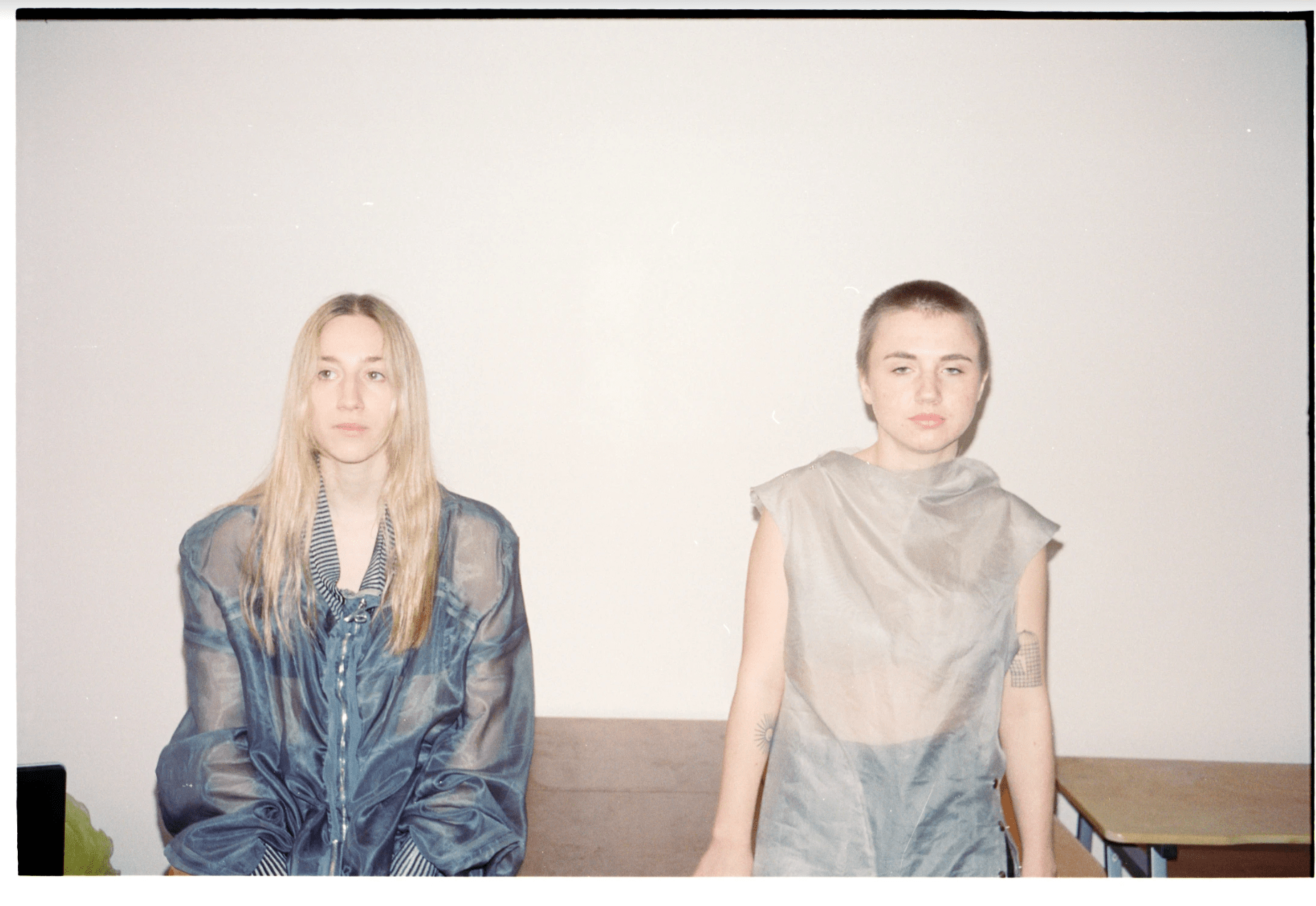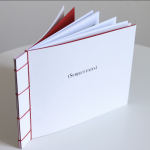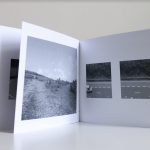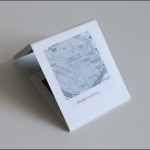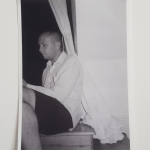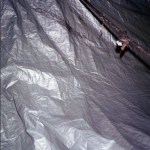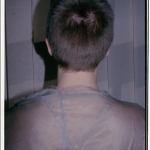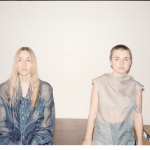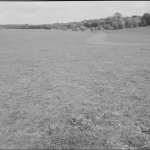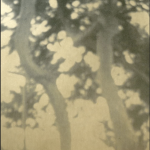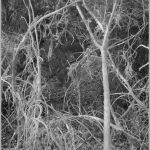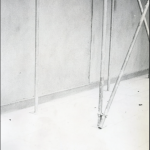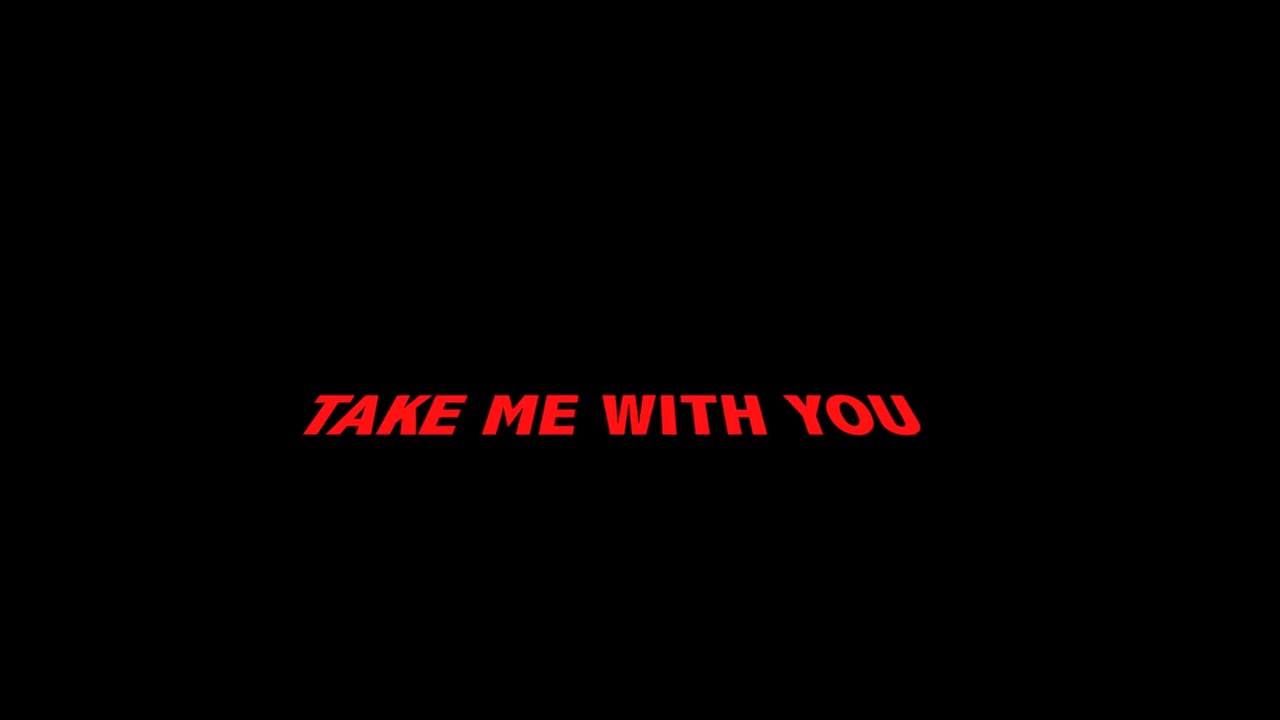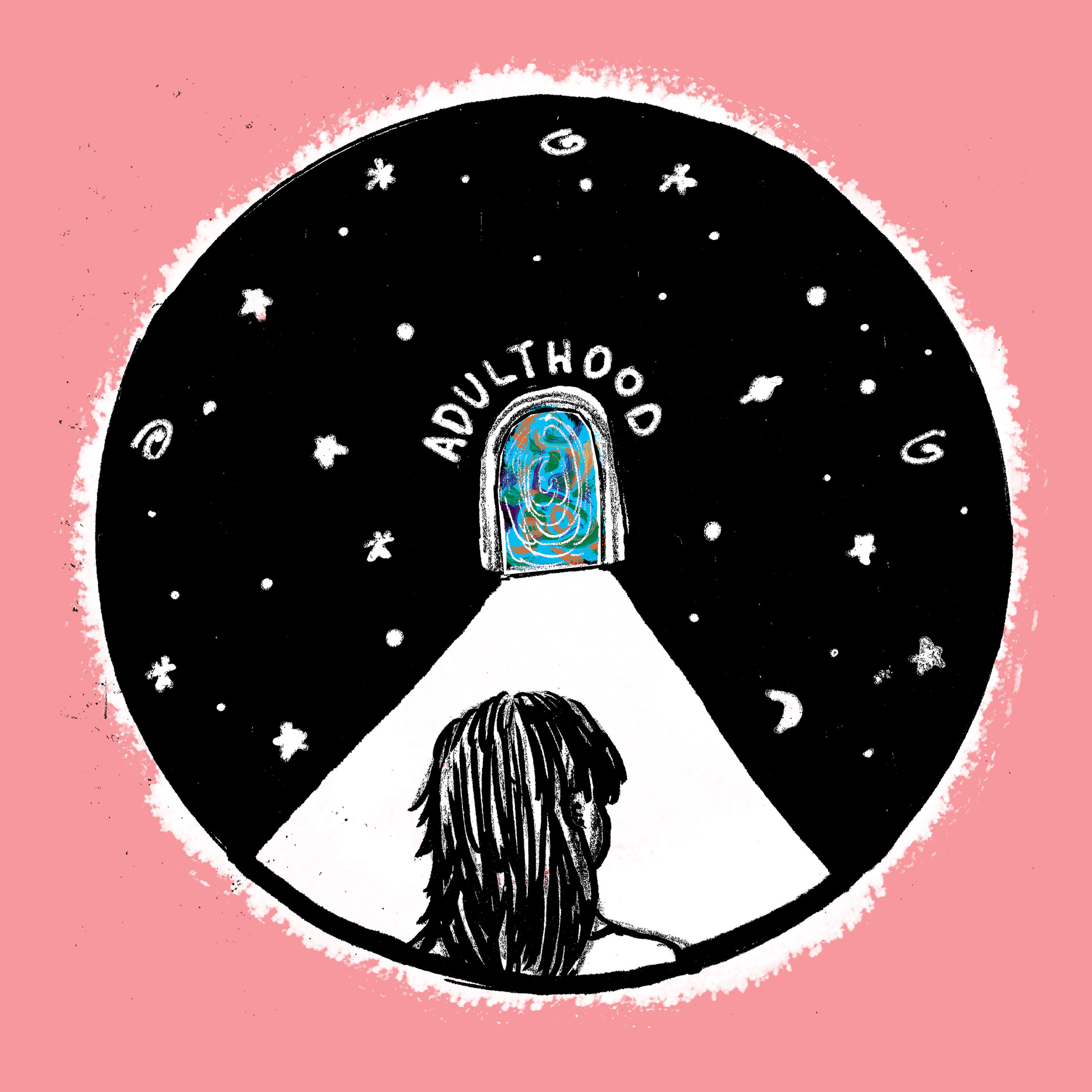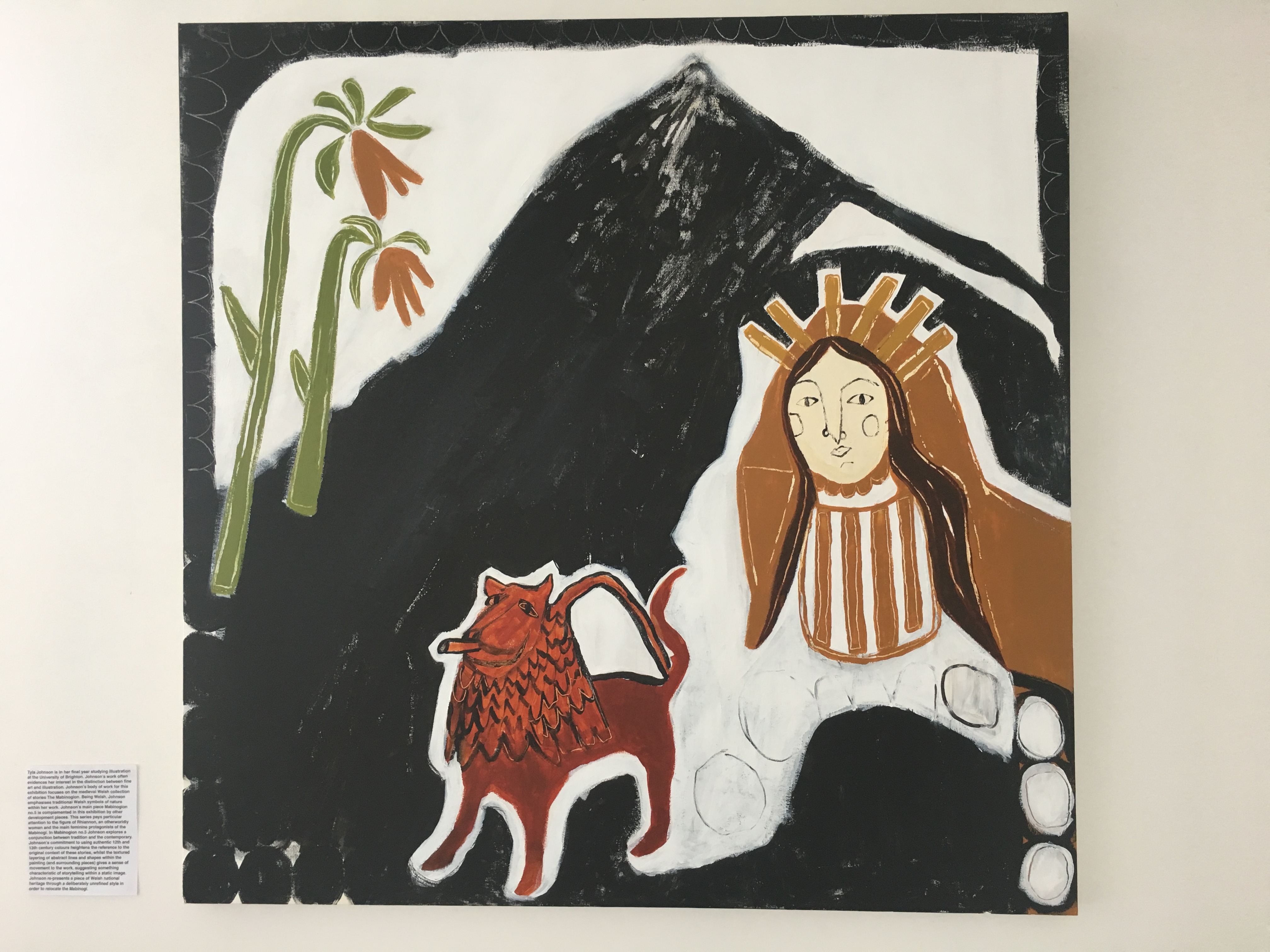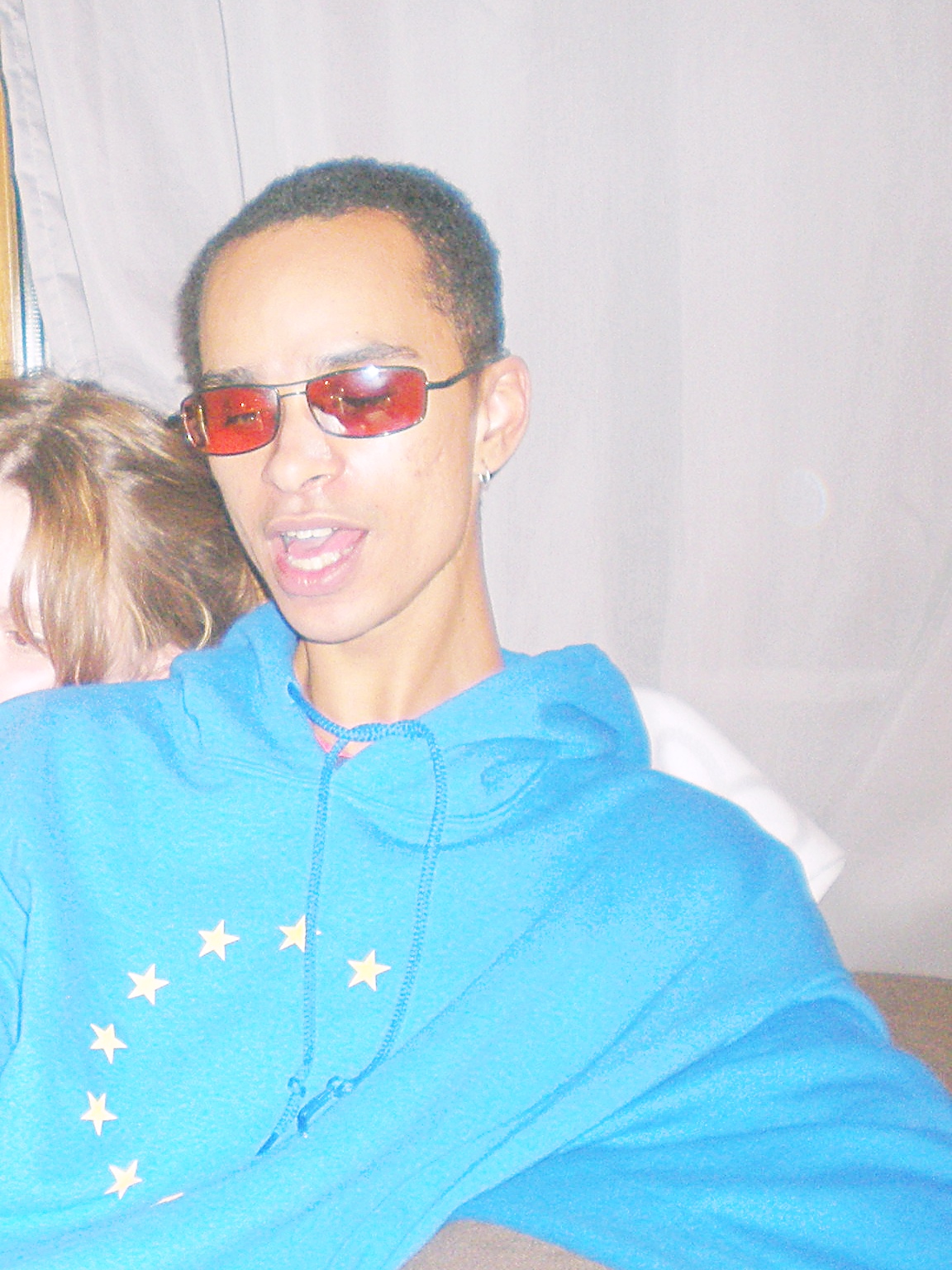Taylor Lyttleton is a London-based photographer who’s third year at Brighton University is just on the horizon. Taylor constantly strives to push the boundaries of digitisation in her work, opting to think about her photographic subjects in a multidisciplinary way. We met up at Pelicano to talk about what challenges photographers face in the 21st century, her past projects, and how art has the means to start political conversations.
Where does your inspiration come from?
I’m always drawn towards sculpture and find that I approach my subjects incredibly sculpturally. Though I don’t have any definitive inspirations, I’m always thinking about matter and form and how I can capture them in a dynamic way. I’m drawn to the critical writing of Peter Fraser. Fraser calls his subjects “stuff of the universe,” and I like recalling that when I’m behind the lens. It’s all matter and material – I’m just navigating those elements and finding ways to approach them as sculpturally as possible. I guess I’m inspired by objects, time, chance and space, and how they can culminate organically.
What are the challenges you face in your work?
As a photographer, I’m constantly faced with the challenge of what photography is in a world where it, as a medium, has become so accessible and mundane. I’m always trying to find a means to retain its artistic integrity. I like to think photography can be an incredibly interdisciplinary form, and that might be why I approach the medium so sculpturally. I reflect on sculpture and other elements of fine art and integrate them into my work. I find that studying other creative mediums allows the artistic integrity of my work to shine through. Though it begs the question – why?
What’s the most exciting project you’ve worked on?
My “Subject Exits” project. It was concerned with how digitisation is affecting the craft of cartography, through the medium of photography – both of which are considered “dying forms”. The project considered how their formalities can be rendered ambiguous, if you take a step back you realise that they only fulfil a certain criteria. What, then, can be a map? I wanted to answer that question experimentally. The idea stemmed from a series of photographs I took from one specific composition, of someone playing football on a field in Falmer. Some seagulls which were in the frame began to exit (the frame), like they were interacting with that space. It all seemed quite performative. The subjects became key visual information that marked a definitive time and place in Falmer. I aligned these photographs with a map of Falmer, using the subjects as coordinates on the map. These coordinates then became subject to chance, the unknown, adventure, informing a new set of images.
If you could collaborate with any artist, who would it be and why?
It would have to be Solange. She’s an incredible creative mind; not only are her ideas intellectual and relevant, but she contributes so much to the visual art that accompanies her music. She’s mostly responsible for the ideas and production behind her work. On her website she has these incredible transformative stills that turn into moving images. She’s constantly bringing new ideas forward to the world of photography and concept art.
What would you like to communicate through your work?
What I strive to do as a creative is respond to social and political messages. I’m inspired by the photographic work of Wolfgang Tillmans, who recently used his artistic platform in a Europe-wide Anti-Brexit campaign. He really is spearheading the artists who are working alongside modern political issues. I’d like my work to be abstract, yet always engage with important topics and current affairs. For me, it’s important that my future work can be thought provoking and relevant, without being too obvious or persuasive. It needs to be starting conversations, whether they’re political or philosophical.
Could you tell me about “In Conjunction” and your plans for its future?
“In Conjunction” was an exhibition I put together with some friends (Alice Taylor, Lucy Topp and Tyla Johnson) last March. It was really about finding a means to culminate our ideas, letting them co-exist at the same moment in time. The exhibition took place at 35 North Gallery. It was a kick-starter into thinking about ways we can collaborate creatively in the future, as we want “In Conjunction” to have an agenda beyond the exhibition. We’re currently thinking about moulding it into a project that’s inclusive to all creatives. There’s also talks of us putting together a Zine!
Do you have a dream project?
It would really be owning my own studio. I’d plan to set up an organisation that’s an open door to artists and makers who need a safe space to create.

